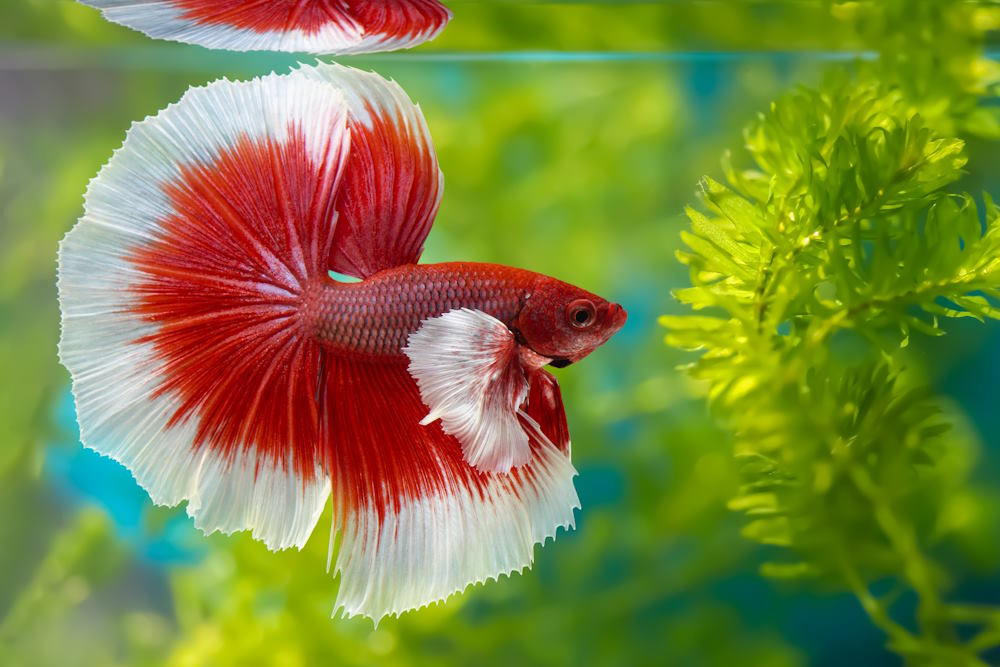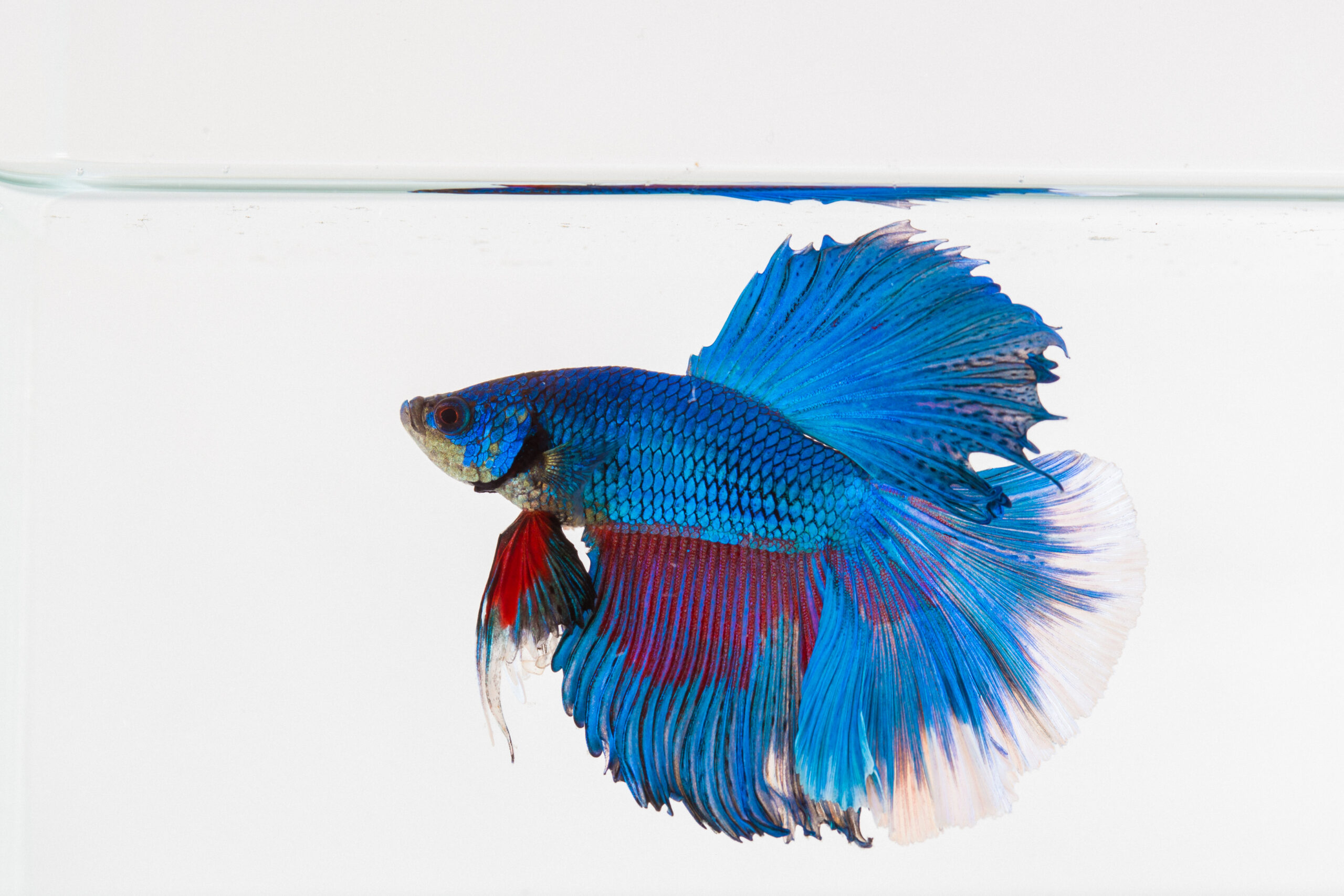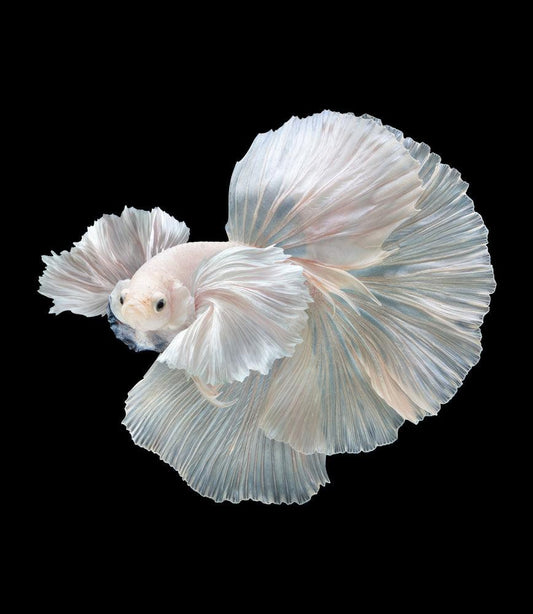How to Present Betta Fish to an Area Container Safely
How to Present Betta Fish to an Area Container Safely
Blog Article
Reproducing Betta Fish: a Comprehensive Step-By-Step Overview to Successfully Raising Baby Bettas From Eggs to Their Adult Years
Breeding Betta fish is a careful undertaking that calls for mindful planning and execution to make certain the successful advancement of fry from eggs to develop fish. Choosing genetically diverse breeding sets with preferable features is only the start; developing an optimal atmosphere and recognizing the complexities of the reproducing procedure are equally vital. As the male Betta vigilantly constructs a bubble nest and guards the priceless eggs, the subsequent stages of treatment and change demand focus to information and expertise of ideal methods. Exactly how does one browse the tough yet gratifying path of supporting these vivid animals to adulthood?

Picking Breeding Pairs
When beginning on the journey of reproducing Betta fish, choosing the right reproduction sets is vital to accomplishing preferable qualities and a healthy family tree - betta fish. The very first step in this procedure is to identify the certain characteristics you want to enhance or maintain, such as color, fin kind, and body shape. It is vital to choose genetically varied pairs to prevent inbreeding, which can lead to wellness concerns and undesirable features
Assess possible breeding prospects carefully. A healthy and balanced male Betta needs to display vivid colors, an active disposition, and well-formed fins, while the lady ought to likewise display vibrant pigmentation and a rounded stomach, showing readiness for spawning. Observing the personality of both fish is vital, as aggressive or excessively reluctant individuals may not reproduce effectively.
Documentation of lineage is similarly vital. Keeping records of the moms and dad fish's ancestry can assist you track hereditary traits and potential issues. Furthermore, speak with trusted breeders or on-line resources for support on picking suitable sets. Eventually, spending time in the selection procedure will considerably enhance the possibility of producing strong, lively offspring that meet your breeding objectives (betta fish).

Preparing the Reproduction Tank
Creating an ideal breeding setting is an essential action after selecting ideal sets for Betta fish. The reproduction tank need to be specifically designed to offer convenience and boost the natural breeding actions of the fish. Beginning with a container size of at least 10 gallons to make certain sufficient room for both the man and women Bettas.
Keep a mild filtering system to keep the water clean while preventing solid currents that can worry the fish. In addition, an air rock can be contributed to offer oxygenation without interfering with the water surface way too much.
Temperature level law is crucial; go for a stable array of 78-82 ° F(25-28 ° C) making use of a reputable heater. The pH level must be preserved between 6.5 and 7.5, and regular water modifications are essential to ensure high water quality.
Include floating plants or spawning sponges to create concealing areas for the lady, while also encouraging bubble nest building by the male - betta fish. Guarantee the tank is complimentary from sharp designs and any type of potential dangers, as the well-being of the fish ought to always be prioritized during this critical phase of reproduction.
The Breeding Refine
Typically, the reproducing process for Betta fish includes a collection of distinctive and visible behaviors that suggest preparedness for reproduction. The male Betta starts by building a bubble nest at the water's surface, which acts as a website for the fertilized eggs. This Read Full Article nest is crucial, as it provides a secure atmosphere for the eggs up until they hatch out.
Once the nest is developed, the male will certainly show courtship actions, such as flaring his fins and exhibiting lively shades to bring in the lady. The additional info woman, upon picking up the man's preparedness, will certainly react by presenting vertical red stripes along her body, signaling her receptiveness.
When the female strategies, the male involves in a mating dance, commonly resulting in a welcome called the "spawning." During this welcome, the female releases her eggs, which the male feeds promptly. The fertilized eggs then are up to the bubble nest, where the male carefully collects and returns them to the nest. Following this, the male thinks obligation for protecting the nest and making sure the safety and security of the eggs till they hatch out, generally within 24-36 hours. This stage is vital in the breeding procedure, laying the structure for successful fry development.
Taking Care Of Betta Fry
Caring for Betta fry requires cautious attention to their setting and nutrition to ensure healthy growth and development. After hatching out, Betta fry are exceptionally tiny and at risk, necessitating a steady and tidy habitat. Keeping a water temperature level between 78 ° F and 80 ° F is important, as Betta fry flourish in warm problems. In addition, ensure that the water is devoid of hazardous toxins; regular water changes of 10-20% are recommended to maintain optimum water quality.
Feeding Betta fry is just as vital. Feed them tiny quantities numerous times a day, being cautious not to overfeed, which can lead to water high quality issues.
Transitioning to Grownup Bettas
As Betta fry mature, transitioning them to grown-up Bettas is a vital stage that calls for careful monitoring of their setting and social interactions. This procedure commonly starts when the fry reach around 6 weeks of age, whereupon they can be gradually presented to an extra structured living atmosphere.
To facilitate this change, it is vital to make certain that the water specifications-- such as temperature level, pH, and ammonia degrees-- are optimal and stable. Grown-up Betta fish flourish in warm water (around 78-80 ° F) navigate to this site with a pH of 6.5 to 7.5. Gradually adjust the fry to these problems to reduce stress.
Social interactions are another essential factor; male Bettas are notoriously territorial and aggressive. As a result, it is suggested to separate men right into specific storage tanks as they grow. Female Bettas can be housed together, however care must be taken to check for signs of aggressiveness.
Additionally, dietary modifications ought to be made as the fry grow. Include premium pellets and live foods to sustain their development and health. By handling these factors properly, you can promote a successful change to the adult years for your Betta fish.

Final Thought
Effective reproduction of Betta fish calls for cautious interest to information throughout the entire procedure, from selecting genetically varied pairs to giving optimum treatment for fry. Additionally, a balanced diet and steady adjustment to adult settings are critical for the development and development of Betta fish.
Report this page